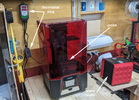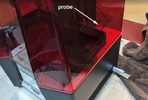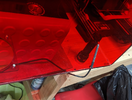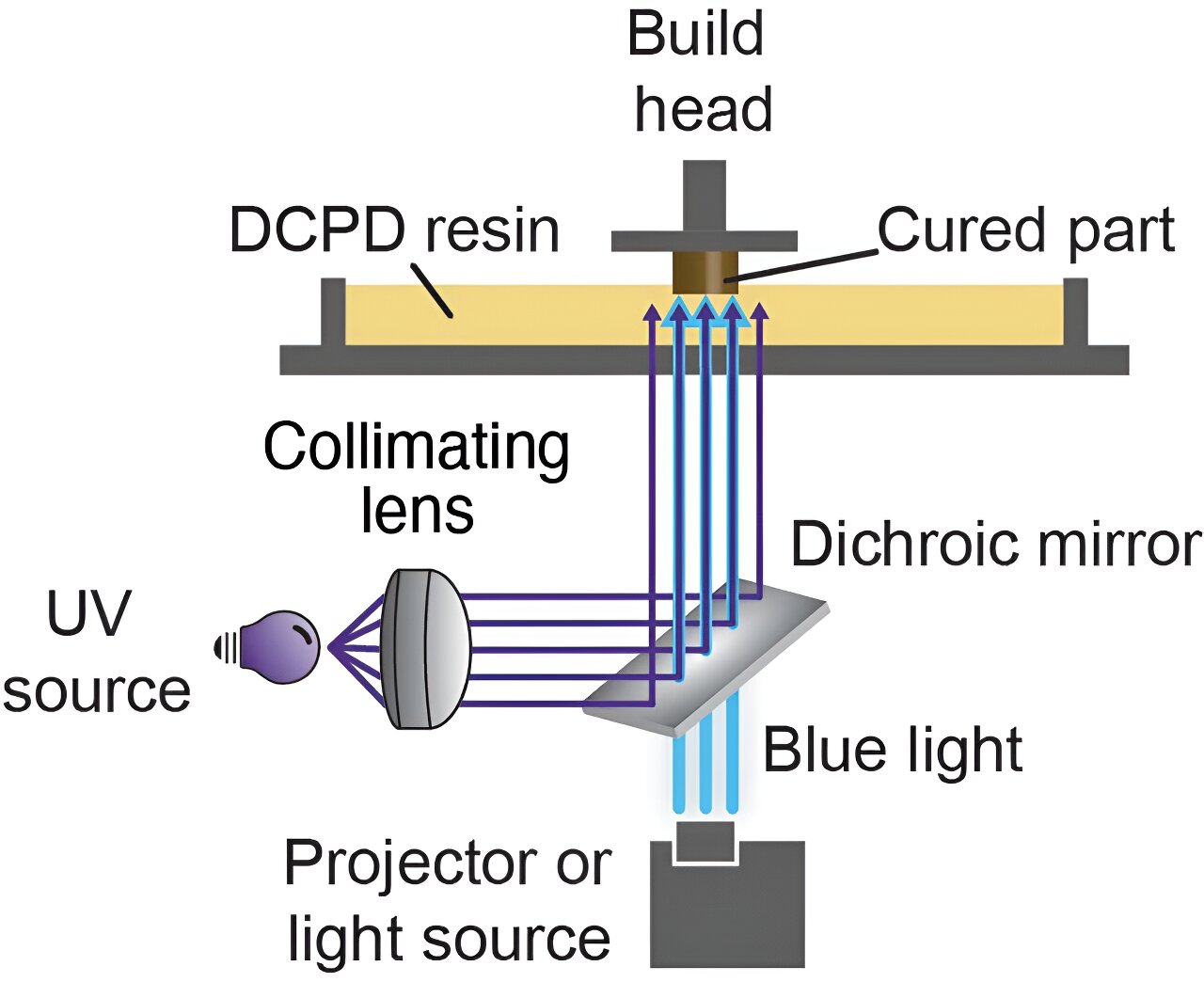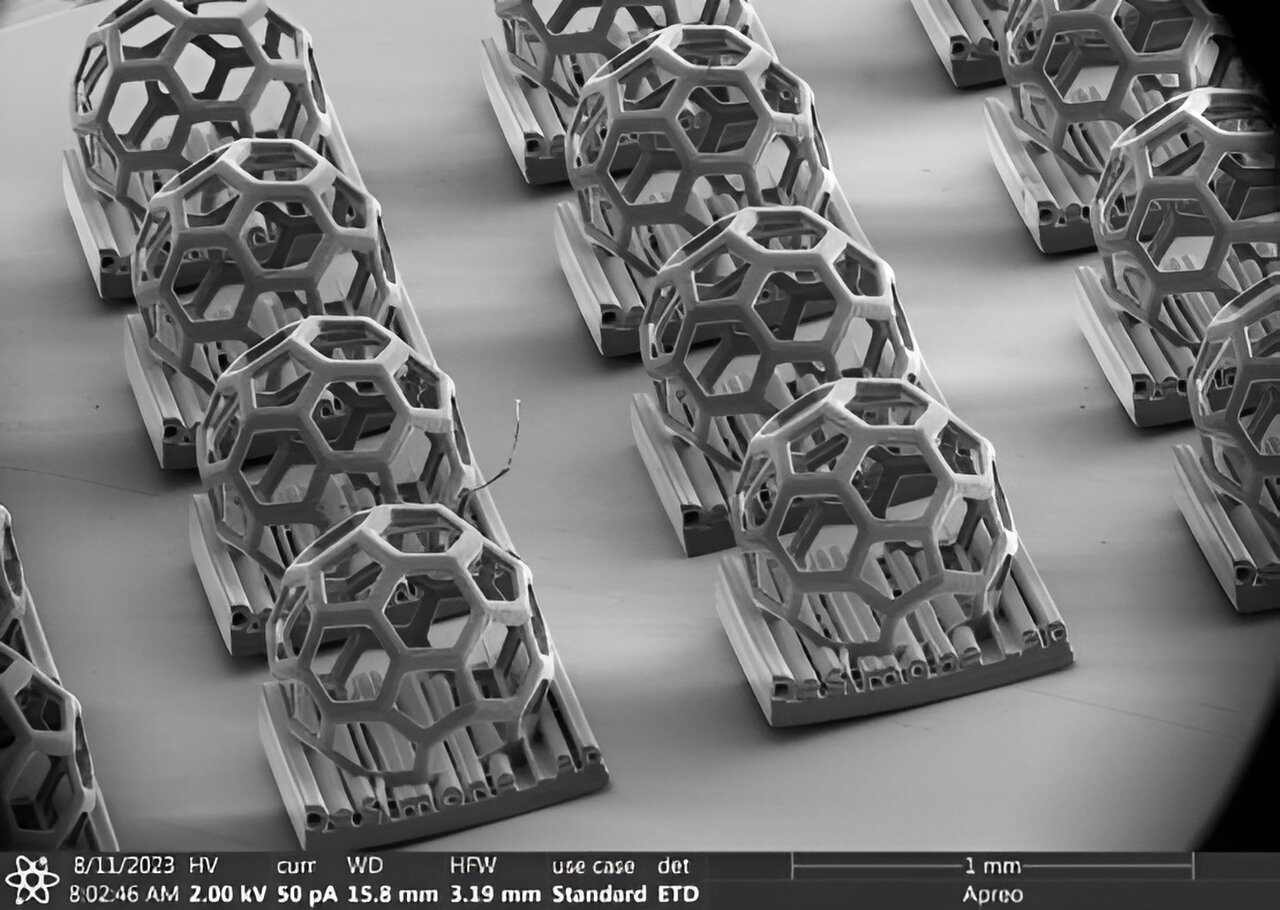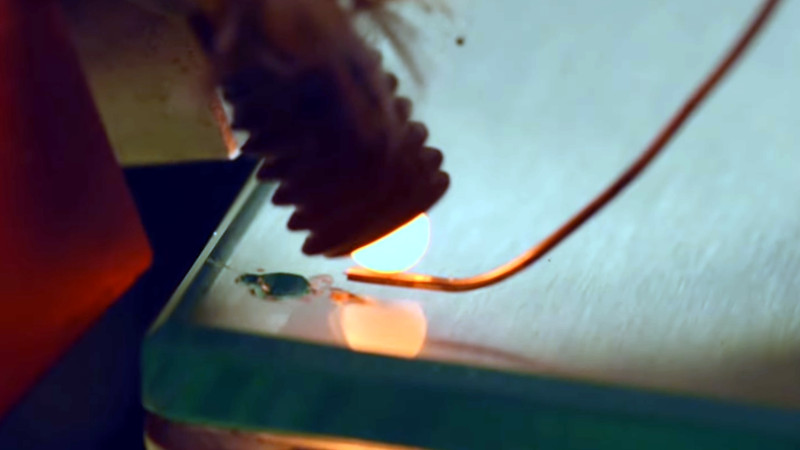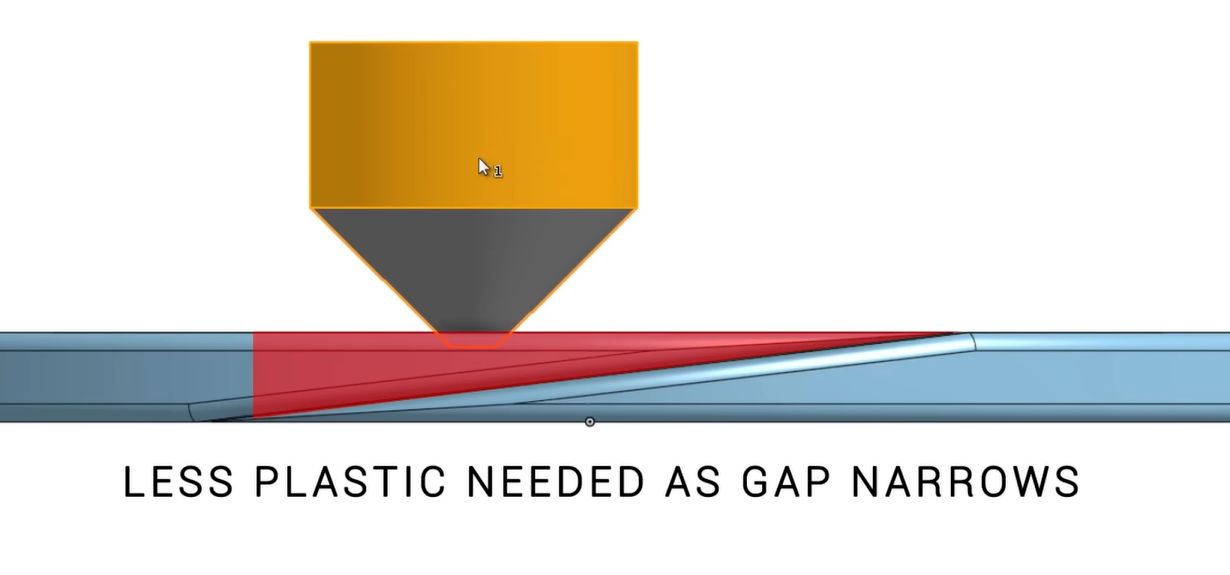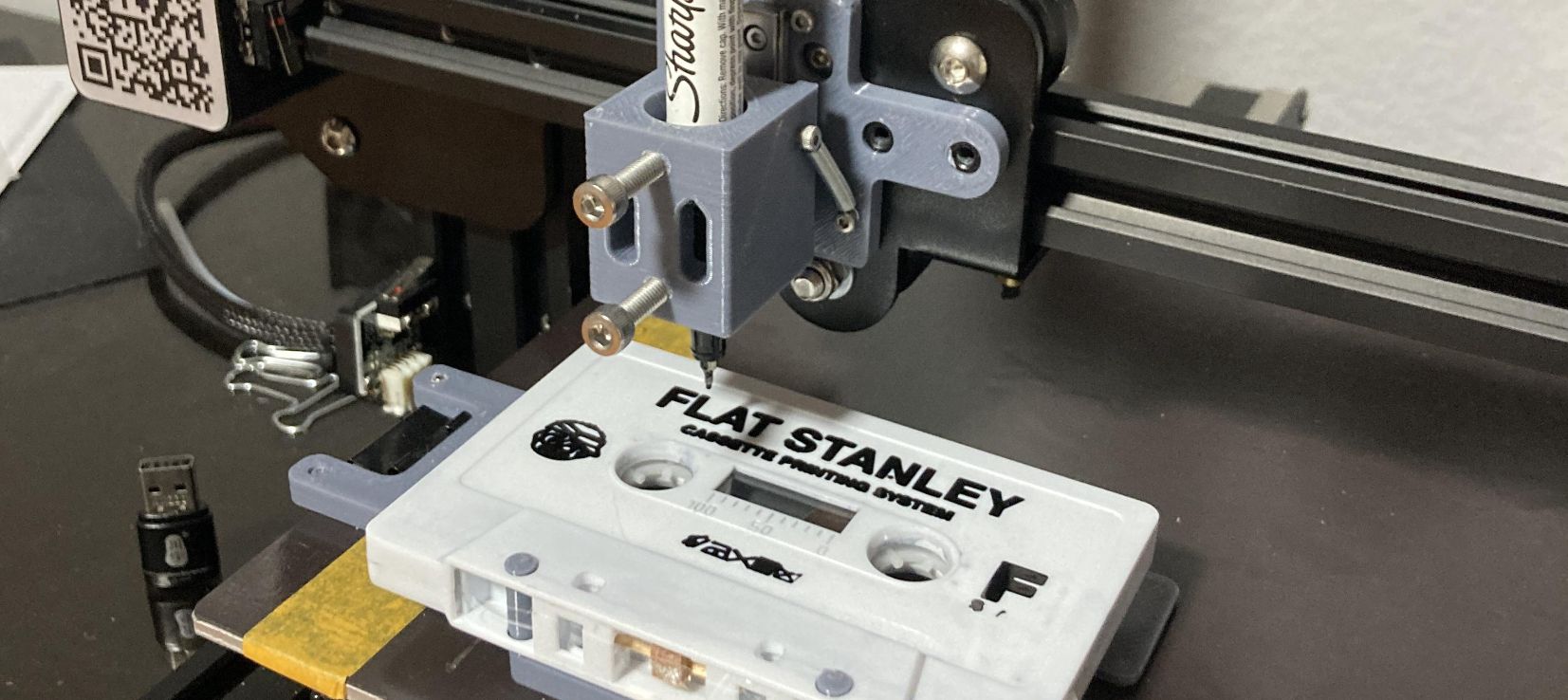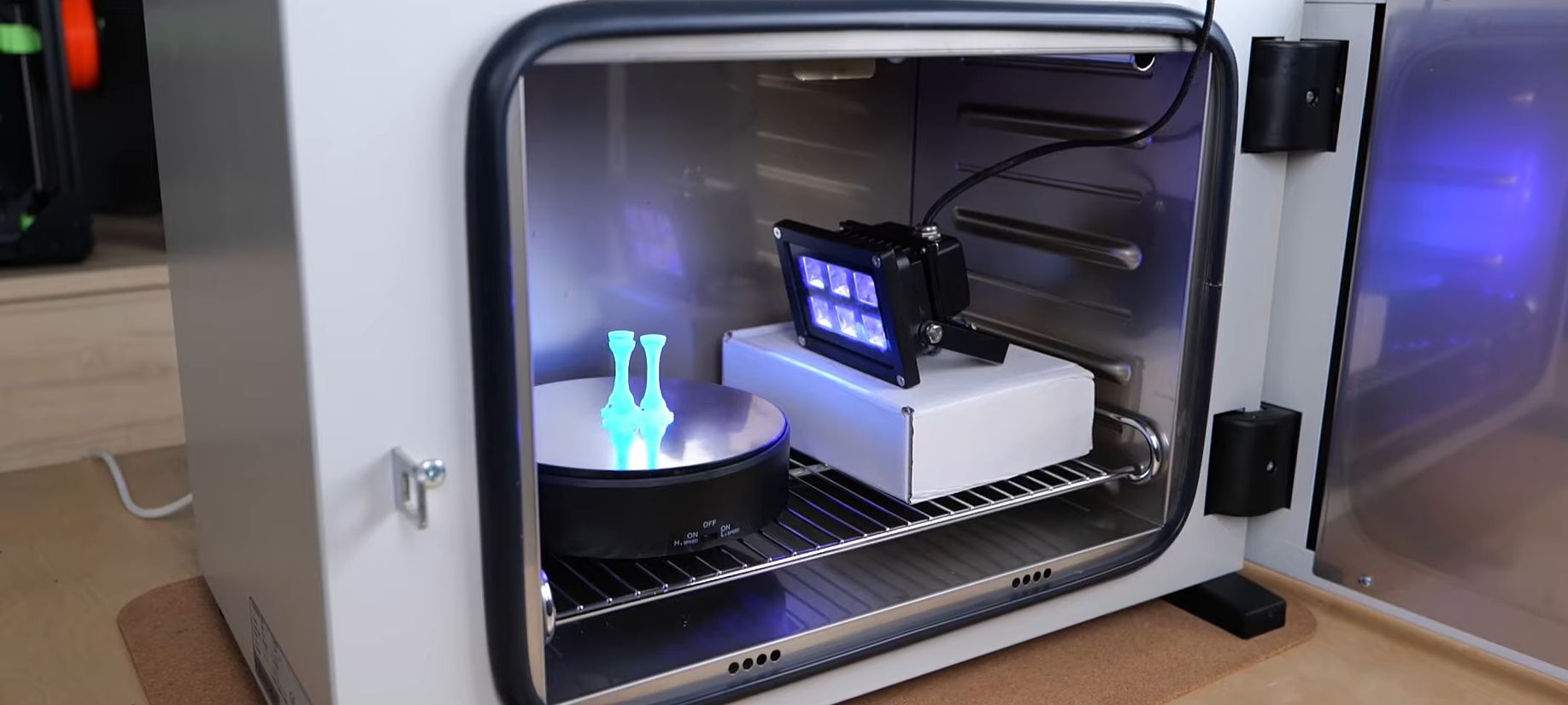Hi all,
I'm wanting to make the jump into 3D printing, and was hoping to get some advice. I was about ready to go with the Elegoo Mars 4 Max, but what I'm reading about the fumes put out by resin printers in general is concerning. I liked the smoothness that resin printers produce, and understand with some tweaking, the filament printers can get close to that.
I'd appreciate some feedback on what you have and show well you like it. I am concerned more with print quality than speed, and am trying to stick to a $400-$500 budget.
Thanks
I'm wanting to make the jump into 3D printing, and was hoping to get some advice. I was about ready to go with the Elegoo Mars 4 Max, but what I'm reading about the fumes put out by resin printers in general is concerning. I liked the smoothness that resin printers produce, and understand with some tweaking, the filament printers can get close to that.
I'd appreciate some feedback on what you have and show well you like it. I am concerned more with print quality than speed, and am trying to stick to a $400-$500 budget.
Thanks

